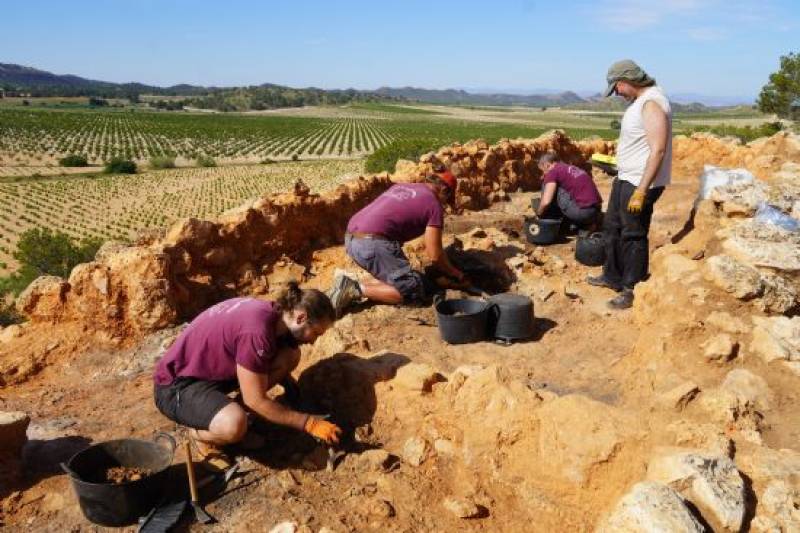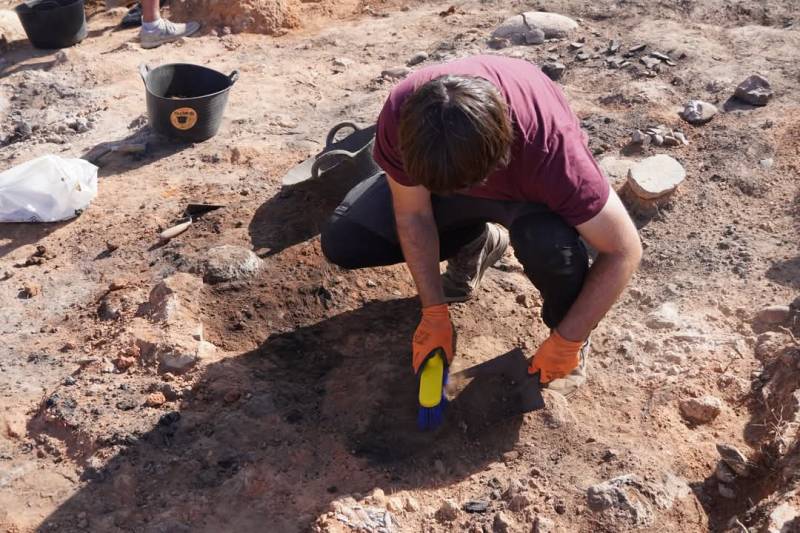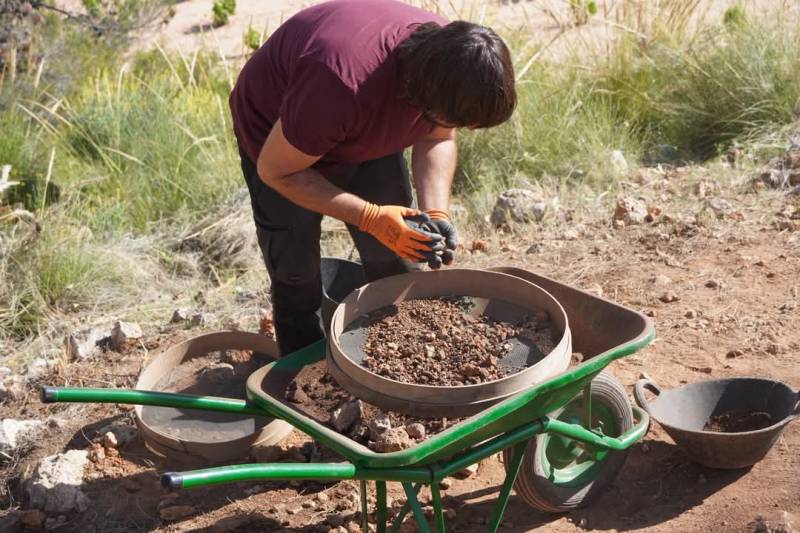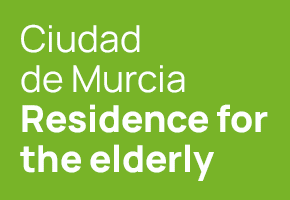

Guidelines for submitting articles to San Javier Today
Hello, and thank you for choosing sanjavier.today to publicise your organisation’s info or event.
San Javier Today is a website set up by Murcia Today specifically for residents of the urbanisation in Southwest Murcia, providing news and information on what’s happening in the local area, which is the largest English-speaking expat area in the Region of Murcia.
When submitting text to be included on San Javier Today, please abide by the following guidelines so we can upload your article as swiftly as possible:
Send an email to editor@spaintodayonline.com or contact@murciatoday.com
Attach the information in a Word Document or Google Doc
Include all relevant points, including:
Who is the organisation running the event?
Where is it happening?
When?
How much does it cost?
Is it necessary to book beforehand, or can people just show up on the day?
…but try not to exceed 300 words
Also attach a photo to illustrate your article, no more than 100kb

Unprecedented discovery at archaeological site in Jumilla
Excavation at the Cerro del Tío Pimenton finds largest collection of terracotta figures so far in Iberian Peninsula

An archaeological dig at the Cerro del Tío Pimenton hill in Jumilla has unearthed a collection of about 10 terracotta figures that date back to the Bronze Age, the town hall has announced.
Councillor for Culture, Asunción Navarro, and municipal archaeologist Estafanía Gandía visited the site last week.
The campaign, instigated by the Municipal Culture department with a budget of about €12,000, partially financed by the wine company Bodegas Juan Gil, started there on April 28 and concluded on Saturday.
It was carried out in collaboration with Alicante University and the ‘Jeronimo Molina’ archaeology museum.
They started by cleaning and marking out the walls, and excavating room number seven, which is the oldest and largest, measuring 22 metres by four and dating from around 2,000 B.C.E.
The structure was divided into two clearly differentiated spaces: one destined for storage, where ceramic containers were found; and the other for working with textiles, as evidenced by the loom weights found there - all of which suggests that it used to be a workhouse.
 However, the most remarkable discovery was the terracotta figures, which are of various sizes.
However, the most remarkable discovery was the terracotta figures, which are of various sizes.
According to archaeologists, this is of great value because there is no record of so many of these clay figures being found at any other site in the Iberian Peninsula.
They will now be submitted to a process of study and research in order to determine their real significance.
 Asunción Navarro emphasised the importance of investing in research and showcasing local heritage: “This discovery confirms that Jumilla has enormous archaeological potential that we must preserve and publicise.
Asunción Navarro emphasised the importance of investing in research and showcasing local heritage: “This discovery confirms that Jumilla has enormous archaeological potential that we must preserve and publicise.
“We will keep working so that these sites continue to be a source of knowledge and pride for our municipality.”
Images: Ayuntamiento de Jumilla








